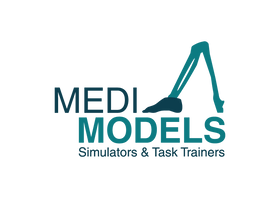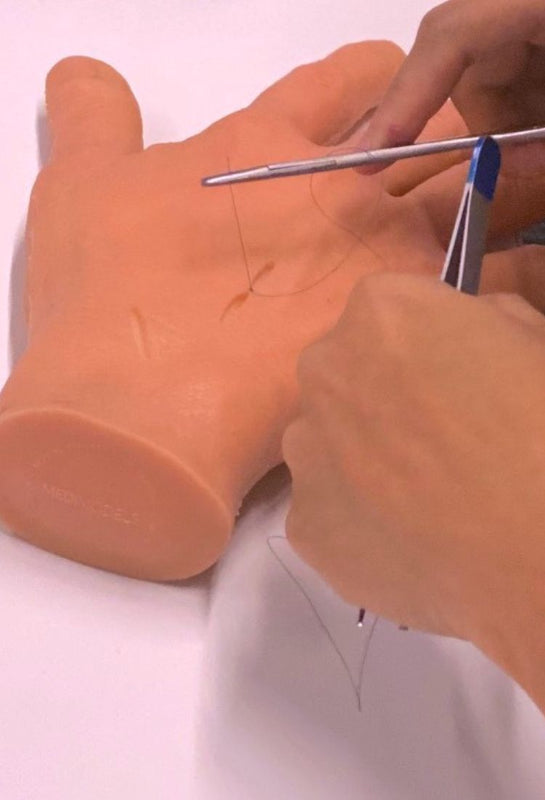designed by surgeons
high fidelity skills practice
Nerve block trainer
Featured product
how did we get here?
why medical simulation?
Historically, Italy and France were the first major source of simulators early in the 18th century. These simulators were made of fabric and mostly for obstetrics - ie training midwives. Training was to reduce risk to the patient, as it is today.
technology arrived
much broader applications became apparent
Simulating with mannikins grew in popularity as did the percieved benefits in education programs. Patient safety and better practical learning - the benefits were obvious.
high fidelity
hyper realistic
The exponential growth in technology and modern manufacturing has brought medical simulation into a new era. The gap between learning on a live patient and a medical simulator has become much smaller. The reason why - effective training and patient safety - is still the same as it was 300 years ago.
Toenail model - quick look at consumables
Toenail replacement parts


















